"Over the last six years we've made some great friends with the cool people at the website Flocabulary and we love what they've been creating lately with super engaging rap songs & videos tied in with the CCSS! (Common Core State Standards)."
Get Started for FREE
Sign up with Facebook Sign up with X
I don't have a Facebook or a X account
 Your new post is loading... Your new post is loading...
 Your new post is loading... Your new post is loading...

Jennifer Crutchfield's curator insight,
August 23, 2014 10:28 AM
So true that all educators need to do this thanks for sharing @GwenythJones

Kimberly House's curator insight,
June 15, 2014 1:31 PM
Fabulous graphic to post in the classroom (and for teachers too!)
Lyn Pat's curator insight,
August 7, 2015 8:03 PM
This infographic is designed for college, but in fact the rules apply to students of all ages. Teaching students how to be good citizens online is a component of digital citizenship. The 15 rules in the infographic are wise to follow not only on online discussion boards, but may be considered a foundation to build your digital identity, tattoo, footprint...you choose the word that works best for you. With younger students we may need to modify some language or introduce the rules over a period of time, helping them to learn just what good netiquette is.

Philip Finlay-Bryan's curator insight,
October 19, 2013 8:07 AM
Not just for kids, lessons and reminders for us all 
Pamela Perry King's curator insight,
October 21, 2013 12:12 PM
This is a FANTASTIC IDEA!! So Clever!! 
Melissa Marshall's curator insight,
August 27, 2014 10:34 PM
This is a great idea - a kit of props to help the message sink in! Some of the props used are:
- a padlock: to symbolise keeping data safe - who will you unlock your life and details to? - a tube of toothpaste: like what you post online, once it is out it is almost impossible to out it all back in the tube! - a permanent marker: everything that you put online is permanent—even if you hit the delete button after posting.
Maybe you have a few other suggestions that might be useful to add to a survival toolkit!
elizabeth herrera's curator insight,
October 25, 2014 9:39 PM
This is what we were covering in class.

Maryalice Leister's curator insight,
September 26, 2013 8:33 AM
This ties in with cyberbullying when you consider the power of social media and how social engineering gives both those with good intentions and those whose purposes are not as golden a platform for control. Read and share!

Kimberly House's curator insight,
July 28, 2013 6:37 AM
A good infographic for teachers as they integrate technology. Modelling digital citizenship authentically through teachable moments!

LundTechIntegration's curator insight,
May 2, 2013 9:47 AM
Great resource for digital citizenship curriculum.

CurieSPK1's curator insight,
April 7, 2013 12:23 AM
It is important for everyone to be aware of the impact Digital Citizenship is making globally. What a great resource for that purpose! |
Nancy Jones's curator insight,
September 11, 2014 1:59 PM
This has not only an interesting graphic, but a number of links to additional resources for this very important topic. 
Jo Blannin - The Know Tech Teacher's curator insight,
September 11, 2014 10:13 PM
This is a great tool for teachers. A small, printable reminder for students of their digital citizenship responsibilities. I've printed this for use at my school... what will you do with it?
Samantha Stock's curator insight,
January 27, 2014 6:41 PM
interesting article on working with digital natives!
Nancy Jones's curator insight,
November 3, 2013 3:52 PM
I don't know that I, myself, am as through as I could be about this. Thanks

Cindy Powell's curator insight,
April 10, 2014 2:09 PM
From Infographic...and Informational Text TCC 4-5 This is a graphic example for the article, but the site is a cybersafety site in the UK and has lots of information for parents about online safety for their children. It also tests their knowledge.
Rachael Johnston's curator insight,
October 20, 2014 10:53 PM
It is important to build your own brand and to promote yourself positively. You want to be polite to other users and make sure you have nothing on your profile that could be damaging to your reputation. This includes swear words, inappropriate or rude comments, and pictures and videos of drinking or drugs. This is really important for graduating students who, most likely, need to go through and delete pictures that have been tagged in one Facebook Make sure you give credit to others if you share something of theirs. Also make sure you are writing your own posts and not just sharing others. However, make sure you are posting valuable and relevant information. Listen and think before you write and make sure you are using proper english. It is okay to have debates on social netowrks with other users, everybody has the right ti voice their opinion, but don't let things get too personal or nasty. It is also essential to understand that there are also hings to be very careful of when using social networks. For one, people are not always who they seem. You should also make sure you do not assume a false identity. It is important to keep some kind of professionalism, but don't change yourself or hide who you really are. You must also make sure you are abiding by the rules of the network and report others who dont. Last but certainly not least, be very careful about who you share things with. There are certain places to share certain things. For example, you may post something bout your personal life in your Facebook status, but it is not appropriate to do so on your LinkedIn profile. Do not share pictures and videos with strangers, you never know how they will use these.
|



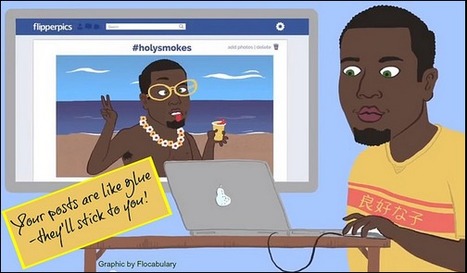

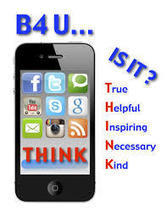

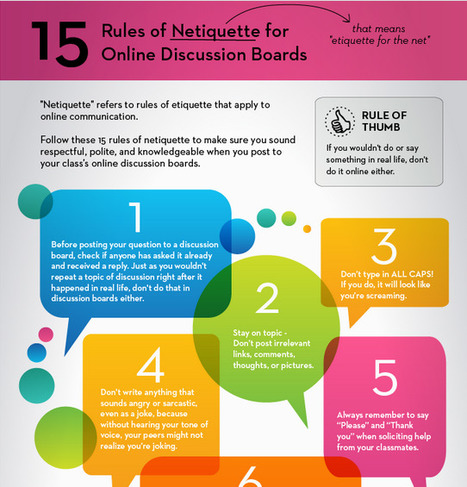


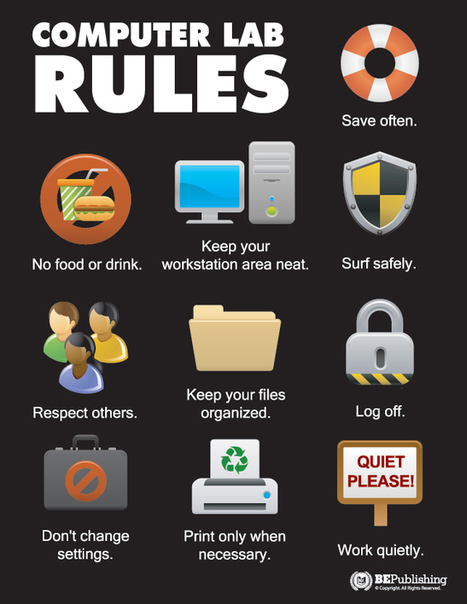

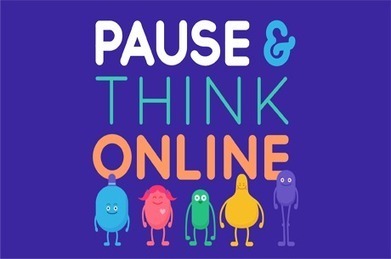

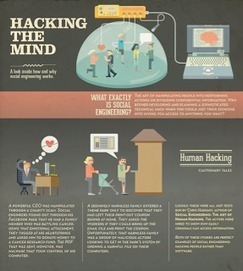
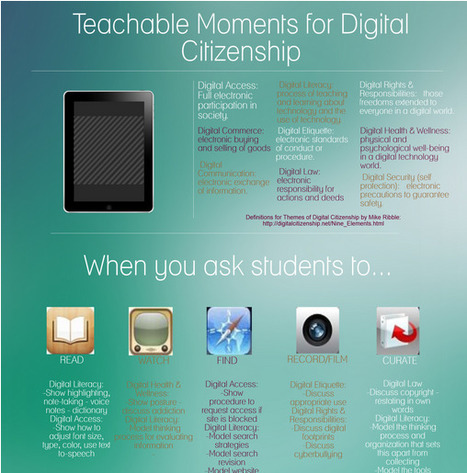


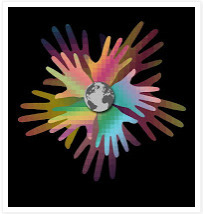

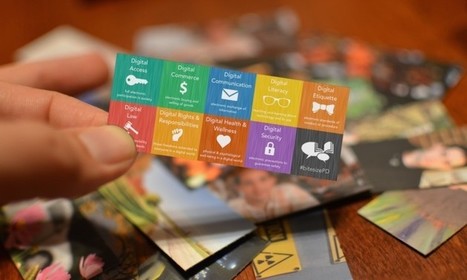
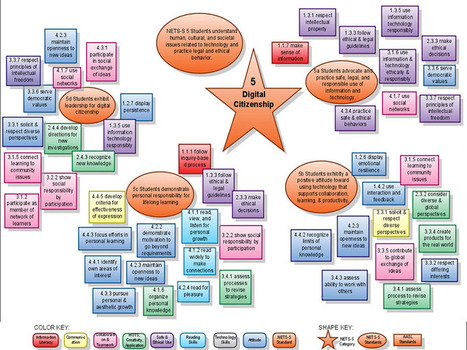
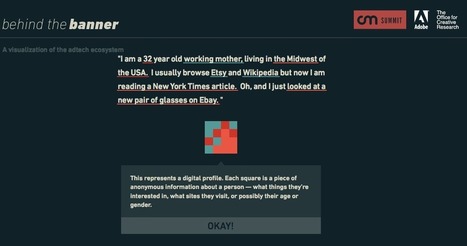

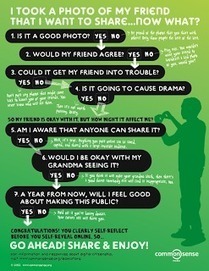

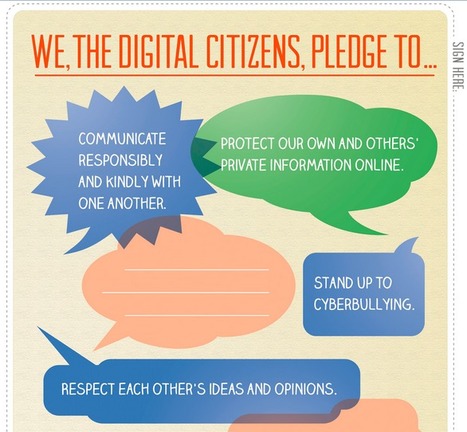



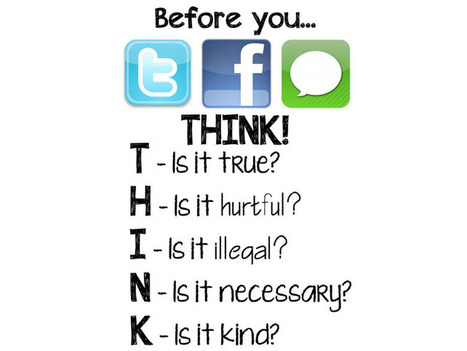



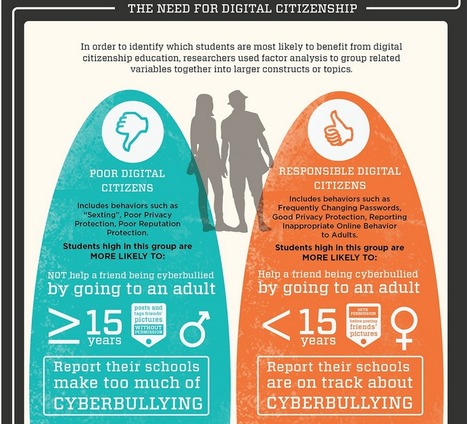






Flocabulary and Common Sense Media have teamed up and created a great rap that will help students understand why it is important to think about what you post and not to overshare information. If you have never explored vocabulary take the time to check out their website.
Within the post you will find a link to a page that shares the lyrics, challenge questions and a fill in the blanks form.